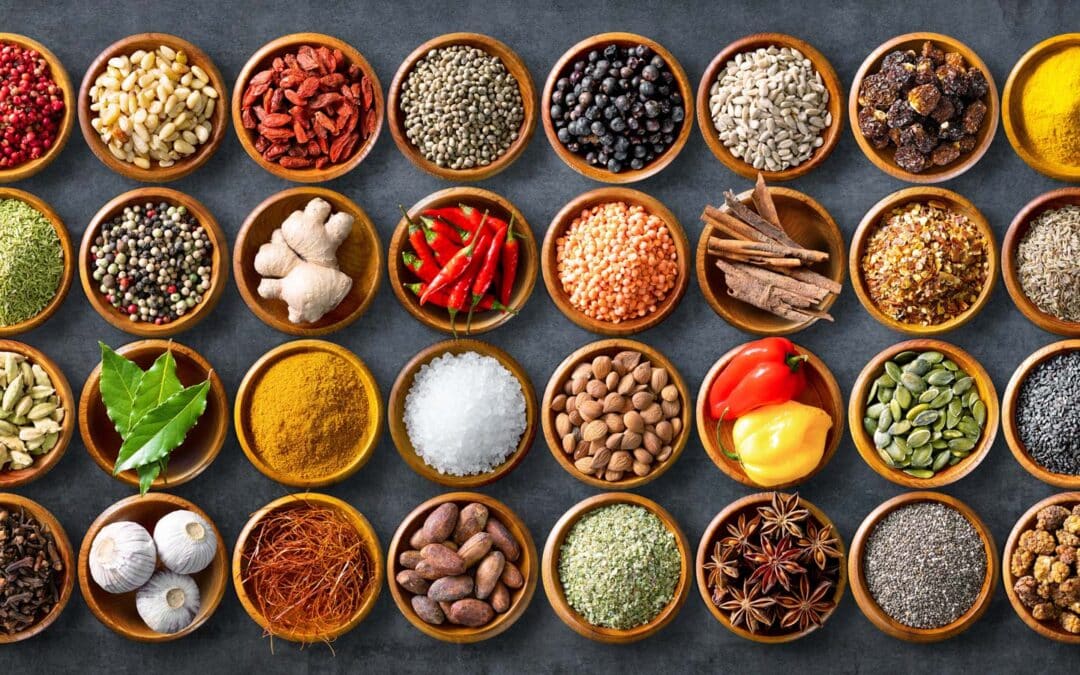Plant proteins are becoming a trend in nutrition and are gaining popularity due to their health benefits and lower environmental footprint.
One way to integrate plant proteins into the daily diet is to use them in spice blends. They are suitable for vegetarians and vegans as well as for meat eaters and can be easily integrated into the daily menu.
Plant proteins that can be used in spice blends include pea protein and soy protein. They all have a high protein content and good biological value. They can easily be mixed into spice blends without affecting the taste. They can be used in marinated meat and vegetable dishes to increase protein intake while enhancing flavor, or in soups, stews and casseroles to increase satiety and make meals more nutritious.
Plant-based protein is often considered healthier and more environmentally friendly than animal-based protein because it contains less fat and cholesterol, and plant-based protein production requires fewer resources.
Vegetable proteins in spice blends can also help increase protein intake, especially for vegetarians and vegans who eat little or no animal protein. They can also help increase satiety and reduce hunger pangs.
Vegetable proteins in spice blends are also good for people with certain dietary needs, such as lactose intolerance or gluten intolerance.
Another benefit of plant proteins in spice blends is that they are a good source of nutrients. For example, pea proteins contain a high amount of essential amino acids, vitamins and minerals. Soy proteins also contain important nutrients such as folic acid, vitamin K and phytosterols.
Copyright: iStock, Alex Raths

